Archival Portraiture: Oil Paintings
In this series I explore the Black American image through the lens of the first recorded photographs of Black people in the U.S. Drawing upon early daguerreotype, tintype and emulsion photos that date as far back as 1840, I reclaime these found images of enslaved and free laborers, craftspeople, children and freemen, and render them in full-scale oil paintings and charcoal portraits. These paintings and drawings honor and recognize these early Black ancestors, many who have never received proper recognition in their own time.
Images of Black Americans from the mid-1800s are rare. They are often set in photographic studios with fake backdrops of European parlors or nature scenes. This staging, juxtaposed with the reality of the Black American experience pre-emancipation, conjures the tension from which I create the oil paintings. Some of the subjects were slaves who would stand in to “test” the equipment. Others were free Blacks of the North who were working their way through social classes. Runaway slaves from the South were photographed by abolitionists, who used the images to further their own political causes. Some of the images were produced for scientific documentation and medical curiosity.
The Black image has been shaped and reshaped throughout history to serve the needs of, and generate value for, those in control. When this value structure is reclaimed, especially by black artists, and these images are reintroduced to the world through the eyes of honor, the images are given new life and new potential to support the foundation of Black futurity.
-Nikesha Breeze
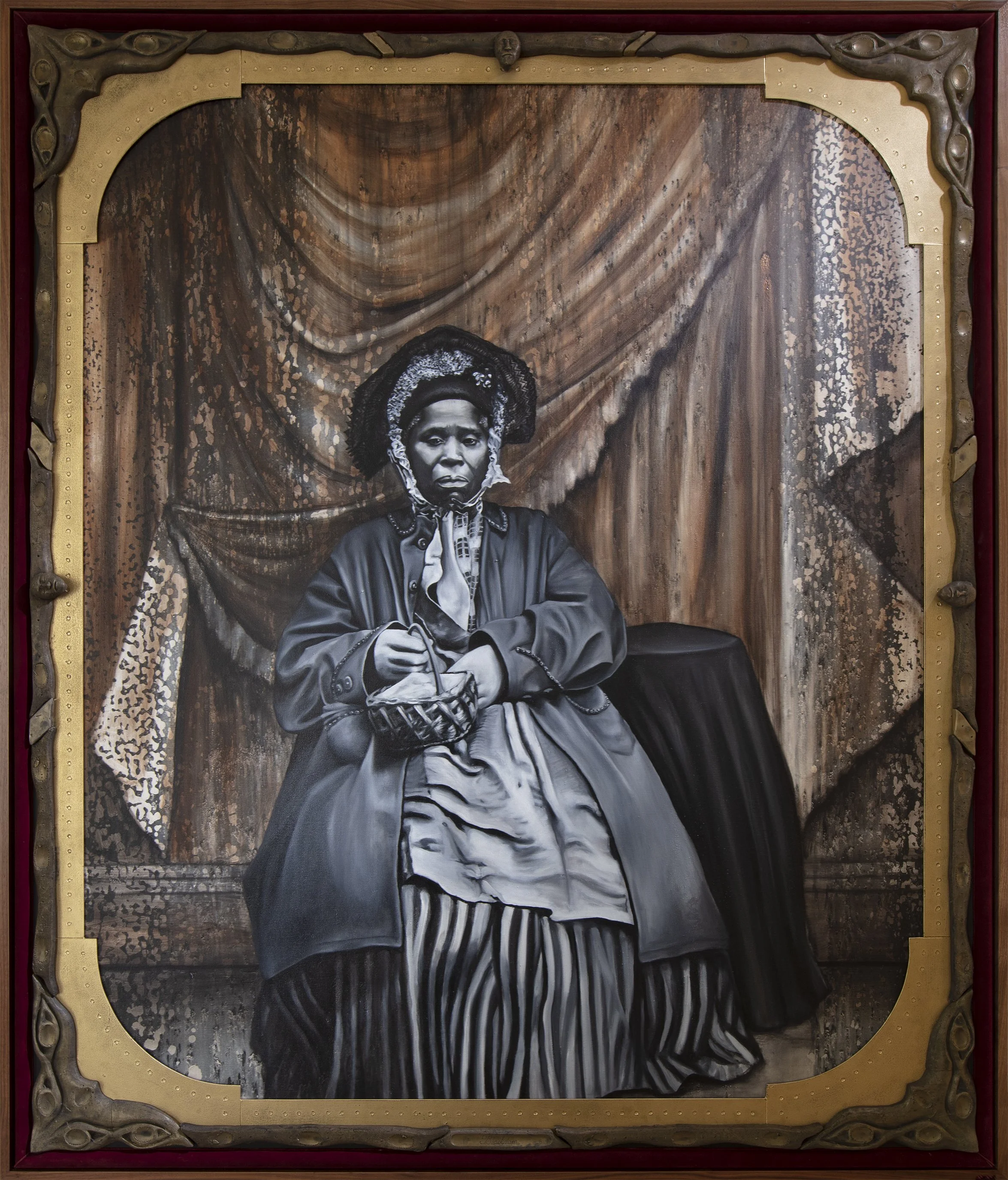
"Anonymous African American Woman With Basket: 1855" 80"x 68" Oil On Canvas with Hand-sculpted cold-cast bronze frame

"Anonymous African American Woman With Basket: 1855" 80"x 68" Oil On Canvas with Hand-sculpted cold-cast bronze frame (detail)

"Anonymous African American Woman With Basket: 1855" 80"x 68" Oil On Canvas with Hand-sculpted cold-cast bronze frame (detail)

"Anonymous African American Man with Child: 1855" 80"x 68" Oil On Canvas with Hand-sculpted cold-cast bronze frame

"Anonymous African American Man with Child: 1855" 80"x 68" Oil On Canvas with Hand-sculpted cold-cast bronze frame" (detail)
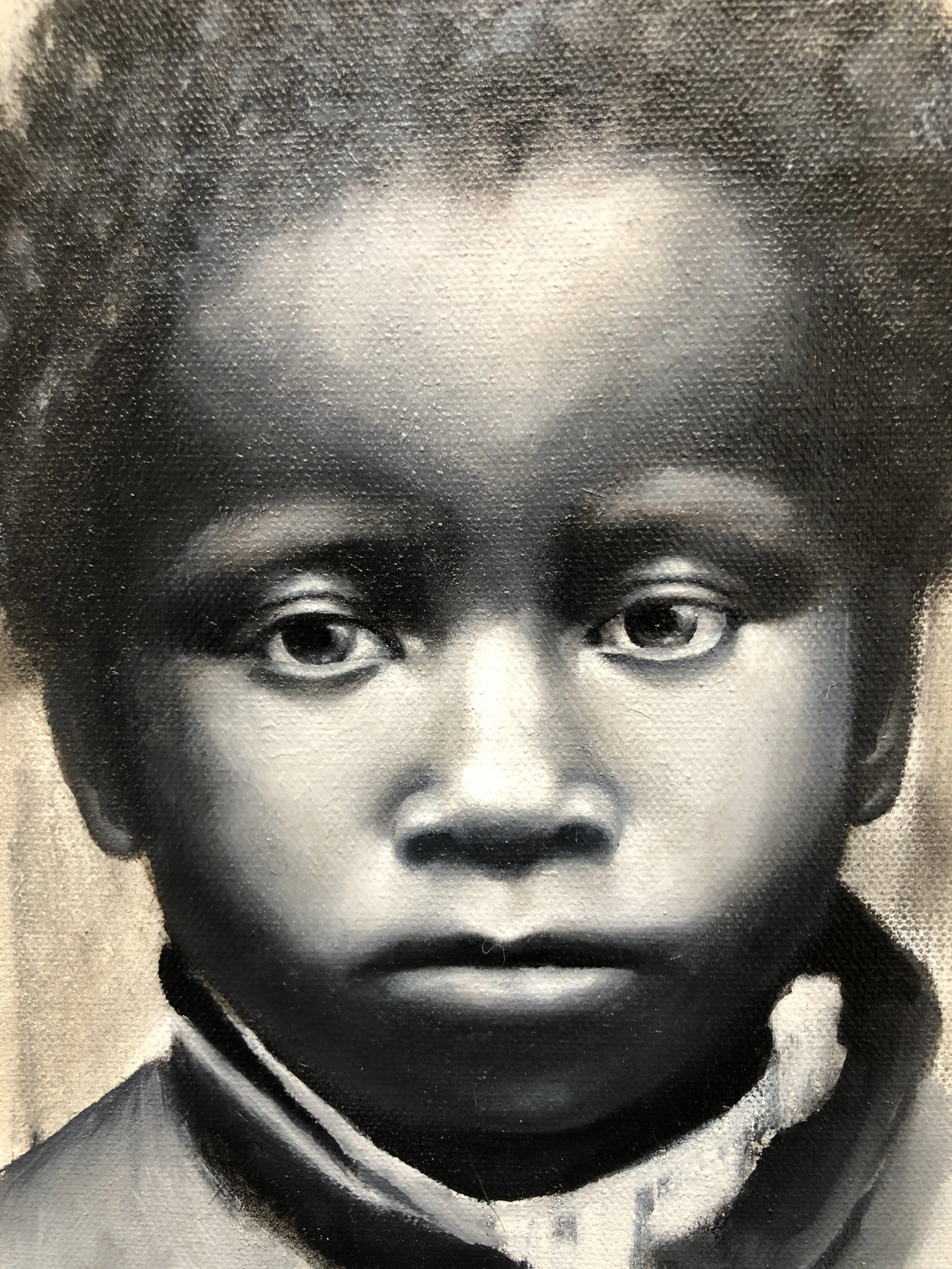
"Anonymous African American Man with Child: 1855" 80"x 68" Oil On Canvas with Hand-sculpted cold-cast bronze frame" (detail)
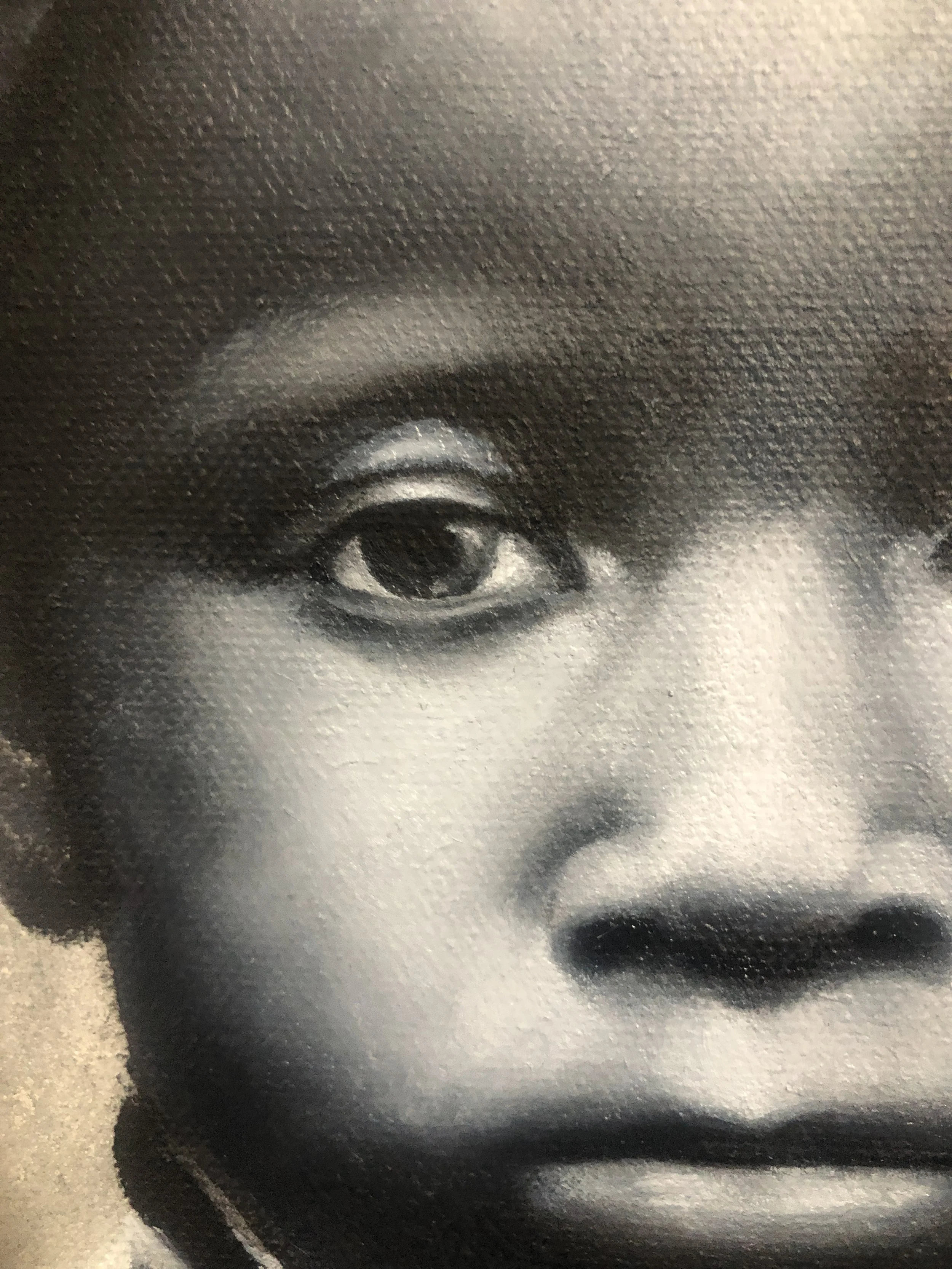
"Anonymous African American Man with Child: 1855" 80"x 68" Oil On Canvas with Hand-sculpted cold-cast bronze frame" (detail)

"Anonymous African American Cane Carver" 80"x 68" Oil On Canvas with Hand-sculpted cold-cast bronze frame"

"Anonymous African American Cane Carver" 80"x 68" Oil On Canvas with Hand-sculpted cold-cast bronze frame" (detail)

Isadora and Mary Noe Freeman 72" x 53" Oil on Canvas
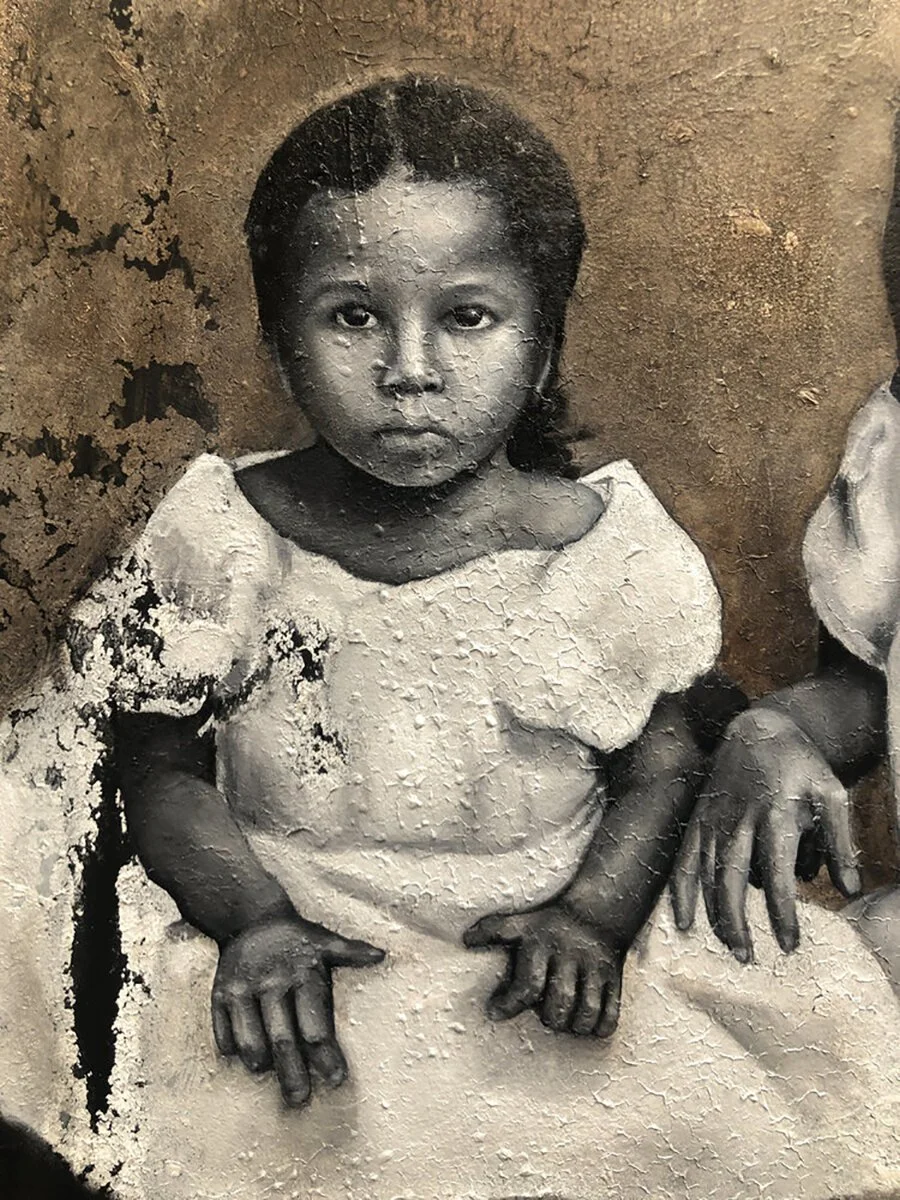
Isadora and Mary Noe Freeman 72" x 53" Oil on Canvas (detail)
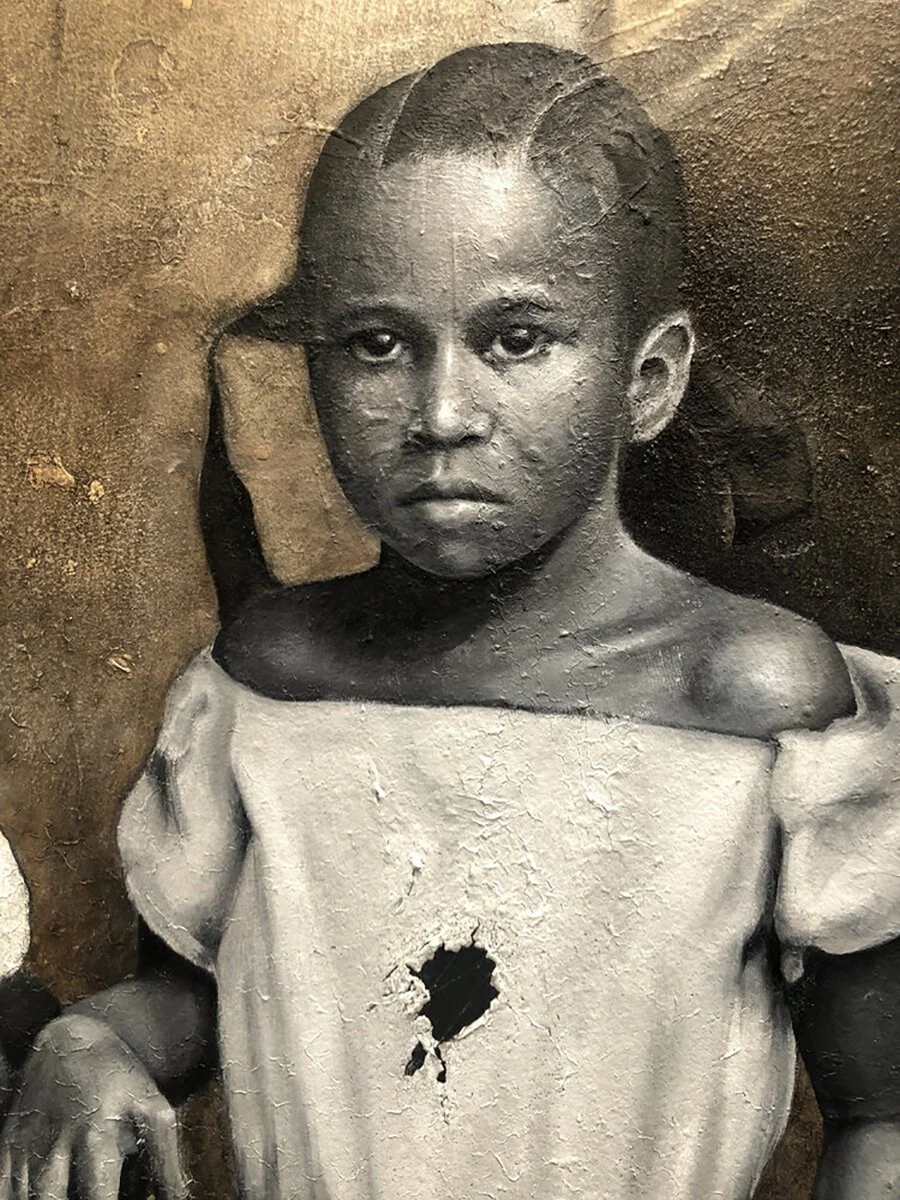

"Two Anonymous Negro boys facing front" 72" x 53" Oil on Canvas
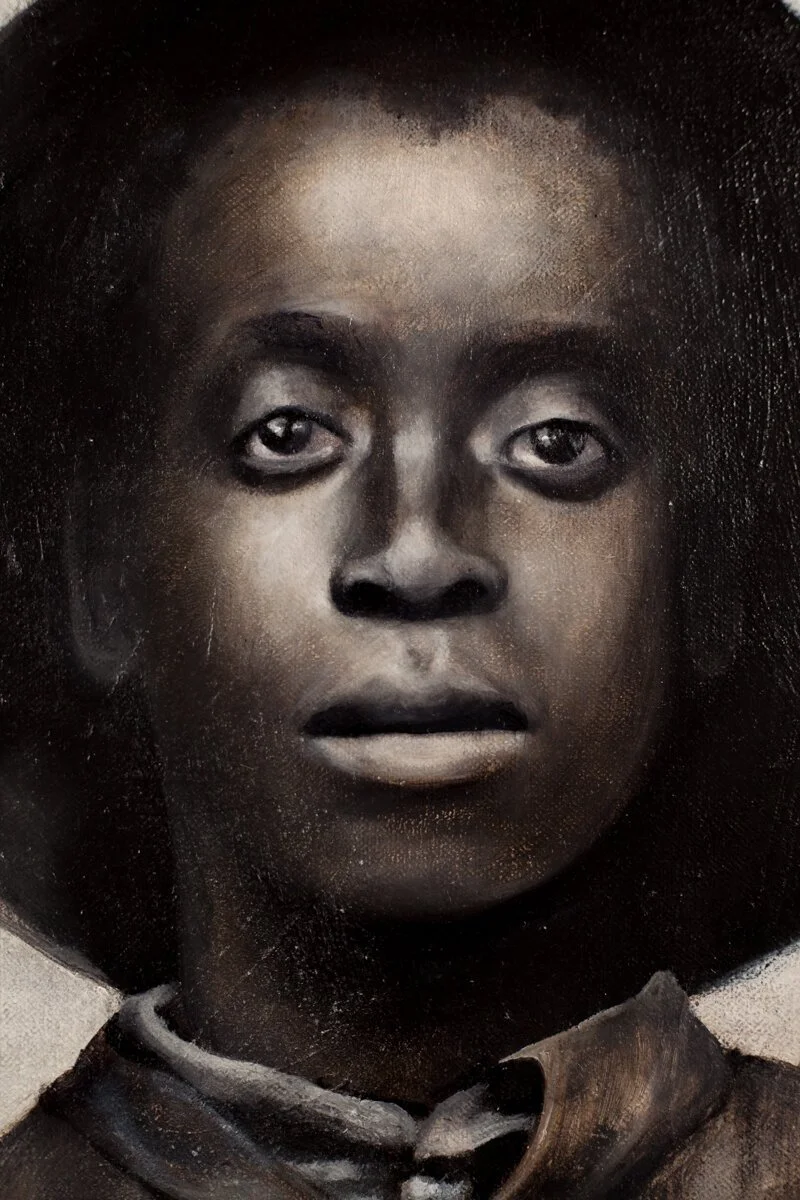
"Two Anonymous Negro boys facing front" 72" x 53" Oil on Canvas (detail)

"Anonymous African American Woman With Basket: 1855" 80"x 68" Oil On Canvas with Hand-sculpted cold-cast bronze frame

"Anonymous African American Woman With Basket: 1855" 80"x 68" Oil On Canvas with Hand-sculpted cold-cast bronze frame (detail)

"Anonymous African American Woman With Basket: 1855" 80"x 68" Oil On Canvas with Hand-sculpted cold-cast bronze frame (detail)

"Anonymous African American Man with Child: 1855" 80"x 68" Oil On Canvas with Hand-sculpted cold-cast bronze frame

"Anonymous African American Man with Child: 1855" 80"x 68" Oil On Canvas with Hand-sculpted cold-cast bronze frame" (detail)

"Anonymous African American Man with Child: 1855" 80"x 68" Oil On Canvas with Hand-sculpted cold-cast bronze frame" (detail)

"Anonymous African American Man with Child: 1855" 80"x 68" Oil On Canvas with Hand-sculpted cold-cast bronze frame" (detail)

"Anonymous African American Cane Carver" 80"x 68" Oil On Canvas with Hand-sculpted cold-cast bronze frame"

"Anonymous African American Cane Carver" 80"x 68" Oil On Canvas with Hand-sculpted cold-cast bronze frame" (detail)

Isadora and Mary Noe Freeman 72" x 53" Oil on Canvas

Isadora and Mary Noe Freeman 72" x 53" Oil on Canvas (detail)


"Two Anonymous Negro boys facing front" 72" x 53" Oil on Canvas

"Two Anonymous Negro boys facing front" 72" x 53" Oil on Canvas (detail)